
Looking to remodel your shower? Here’s how much it costs, what factors affect cost, and what to expect.
Installing a sink costs an average of $438


The average sink installation cost ranges between$216 and $663, with most homeowners spending an average of $438.
Costs vary based on sink type, size, material, labor, and whether it's a new install or replacement.
Installing a new kitchen sink costs an average of $400, while installing a new bathroom sink costs an average of $1,290.
Hiring a professional ensures proper installation and helps prevent costly leaks and water damage.
This article was updated using automation technology and thoroughly reviewed for accuracy by HomeAdvisor Editor Ryan Noonan.
On average, sink installation costs fall between $216 and $663, with most projects costing an average of $438. Basic installations can be as little as $100, while high-end options can reach up to $1,600. Prices depend on factors such as material, sink type, location, and labor.
Since sinks get swapped out more often than you’d think, plan for the expense ahead of time. Bringing in a pro not only delivers a watertight fit but also saves you from leaks and the pricey water damage that can follow.
How much you spend on installing your new sink depends on a variety of factors including where it’s located in your home, the type, material, and labor. Here’s a closer look at what impacts your total sink installation cost.
Whether you’re revamping the kitchen or freshening up a bath, you’ve got plenty of sink styles—from drop-in and farmhouse to pedestal and console. Below, you’ll see what each option costs once it’s installed.
| Sink Type | Average Cost (All-In) |
|---|---|
| Bar sink | $250–$1,000 |
| Drop-in | $240–$1,250 |
| Undermount | $250–$1,500 |
| Farmhouse | $1,000–$4,000 |
| Pedestal | $300–$1,100 |
| Vessel | $250–$2,000 |
| Utility | $200–$500 |
| Wall mount | $250–$1,050 |
| Console | $400–$1,250 |
| Corner | $480–$1,350 |
A drop-in sink costs $240 to $1,250 installed. It slips into a cutout in your counter, and its rim rests on top of the surface, making installation quick and budget-friendly.
Undermount sinks cost $250 to $1,500 installed. They mount under the countertop and are sealed with caulk or epoxy—easier to clean than rimmed sinks, which catch debris on their edges.
Farmhouse sinks average $1,000 to $4,000, including installation. Also called apron-front sinks, they have an exposed front and often require both plumber and cabinet installer expertise.
Pedestal sinks cost $300 to $1,100. The wall, not the pedestal, bears the weight. They’re common in traditional decor.
Vessel sink installation costs between $250 and $2,000, including installation. Vessel sinks sit on top of the counter and are made of metal, porcelain, glass, or stone.
Expect to spend $200 to $500 to add a utility sink. These extra-deep basins make it easy to tackle messy jobs without splashing and often live in laundry rooms, mudrooms, or basements.
Wall-mount sinks cost between $250 and $1,050. Porcelain models mount directly to the wall with a stud and frame and can be integrated into wall-mounted countertops.
Console sinks run between $400 and $1,250. A large sink top sits on legs or mounts to the wall, often made of porcelain with some countertop area.
Corner sink installation runs between $480 and $1,350, including installation. You’ll find corner sinks in smaller kitchens, sometimes with an integrated cutting board. In bathrooms, corner sinks save space and can be wall-hung or mounted on a pedestal.
The material plays a big part in how much your new sink will cost. All costs below include installation.
| Sink Material | Average Cost (All-In) |
|---|---|
| Stainless steel | $200–$1,500 |
| Composite | $300–$600 |
| Cast iron | $200–$900 |
| Quartz | $800–$1,200 |
| Glass | $400–$2,000 |
| Copper | $400–$4,000 |
| Granite | $600–$2,500 |
| Porcelain | $90–$1,500 |
| Fireclay | $600–$1,400 |
Stainless steel sinks average $200 to $1,500. They match steel appliances but show water spots and may scratch.
Composite sinks cost $300 to $600. They’re durable and chip-resistant but may show scratches on darker surfaces.
Cast iron sinks run $200 to $900 and have a porcelain enamel finish. They’re long-lasting and easy to clean, but extremely heavy and prone to chipping.
Quartz sinks average $800 to $1,200. They match quartz countertops, but dark colors may show scratches.
Glass sinks cost $400 to $2,000 and are often used as bathroom vessels. They come in various colors and designs, but may require specific codes.
Copper sinks cost $400 to $4,000. The finish changes over time and requires specific cleaners and occasional waxing.
Granite sinks run $600 to $2,500. Pure granite needs sealing; granite composite looks like granite without sealing and is often found in undermount sinks.
Porcelain sinks cost $90 to $1,500 and come in many styles and colors. Kitchen porcelain sinks are often cast iron with a porcelain overlay.
Fireclay sinks cost $600 to $1,400. Fireclay sinks are made of white clay that's fired at a high temperature and coated with enamel. They're durable, extremely heat-proof, and easy to maintain.
Plan on paying $50 to $200 per hour in plumbing labor costs. The final bill hinges on how involved the job is—simple swaps are quick, while custom setups take longer.
Need new plumbing lines? That can add an extra $150 to $800, depending on where the sink is located in your home.
The cost depends on whether the sink goes in the kitchen or bathroom. Installing a new kitchen sink averages $400, while installing a new bathroom sink averages $1,290.
Installing a new kitchen sink averages $400 but can reach $4,000 depending on style, fixtures, and labor.
Installing a new bathroom sink costs an average of $1,290. Faucet installation ranges from $90 to $600, with luxury models costing $1,200 or more.
Putting in a sink during a remodel isn’t priced the same as swapping out an old one. Below is what you can expect to spend when you’re simply replacing a fixture.
Removing an existing sink adds $20 to $300 for removal plus $20 to $300 for debris disposal, for a total of $40 to $600. Different shapes or sizes may increase costs for adjustments.
Replacing a bathroom sink averages $1,290. Removal and disposal add extra labor costs:
Existing sink removal: $20–$300
Sink debris disposal: $20–$300
Consider these cost-saving strategies to make your sink installation project more budget-friendly:
Choose a basic sink style in a lower-cost material and skip high-end designs or custom sizing.
Consider refinishing your sink rather than replacing it if it only has small scratches or chips.
Get detailed quotes from at least three local sink installation pros to ensure competitive pricing.
DIY might look appealing when you’re considering labor costs, but sink installation can get complicated quickly. You could wind up needing a plumber—maybe even an electrician or carpenter. Hiring a pro keeps the project on track and leak-free, and a proper install should last for decades while boosting your home’s value.
No place is more important than your home, which is why HomeAdvisor connects homeowners with local pros to transform their houses into homes they love. To help homeowners prepare for their next project, HomeAdvisor provides readers with accurate cost data and follows strict editorial guidelines. We surveyed thousands of real customers about their project costs to develop the pricing data you see, so you can make the best decisions for you and your home. We pair this data with research from reputable sources, including the U.S. Bureau of Labor Statistics, academic journals, market studies, and interviews with industry experts—all to ensure our prices reflect real-world projects.
From average costs to expert advice, get all the answers you need to get your job done.

Looking to remodel your shower? Here’s how much it costs, what factors affect cost, and what to expect.
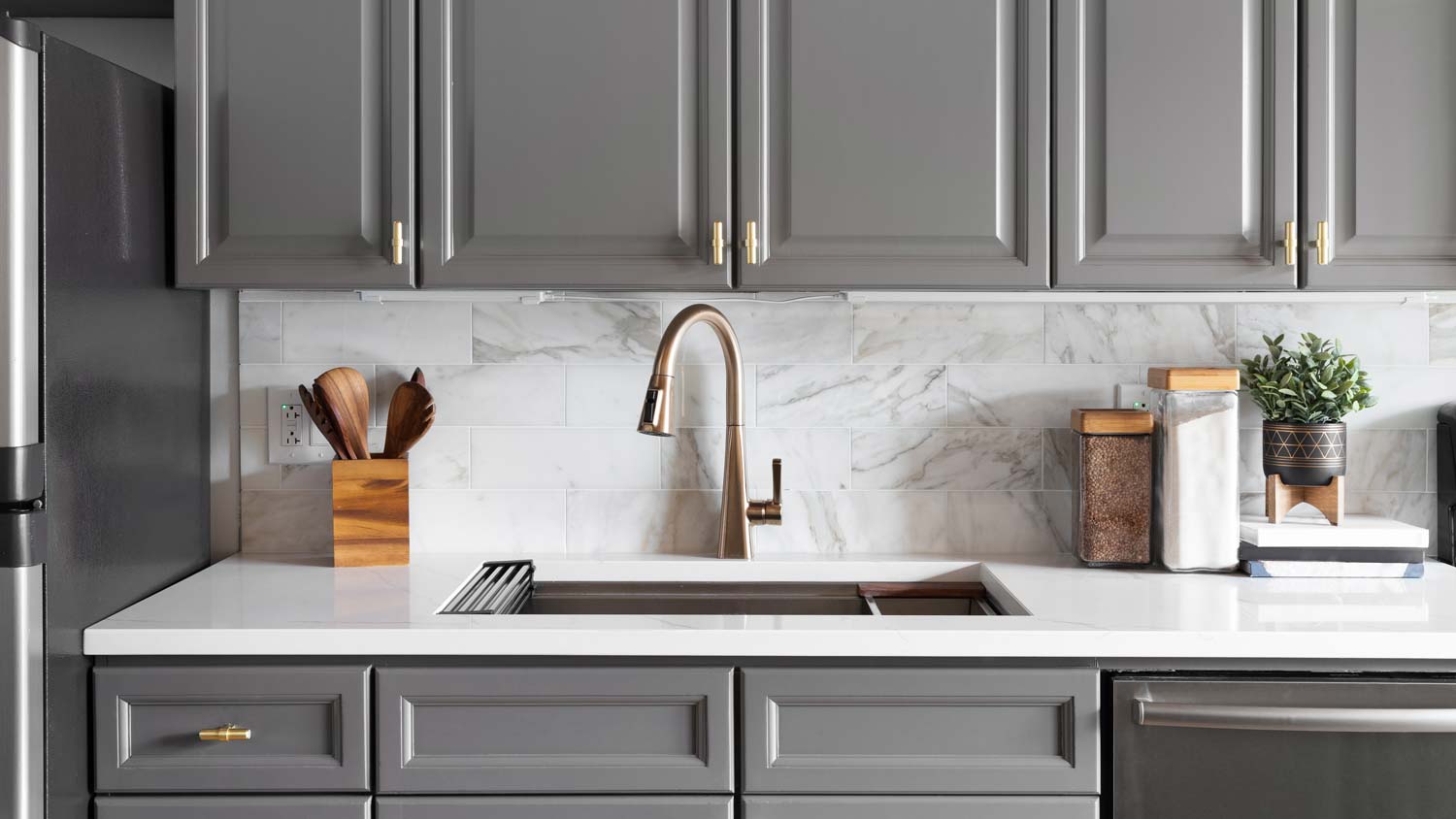
Wondering who repairs undermount sinks? See when to call a countertop specialist or plumber, what to expect, and typical repair costs
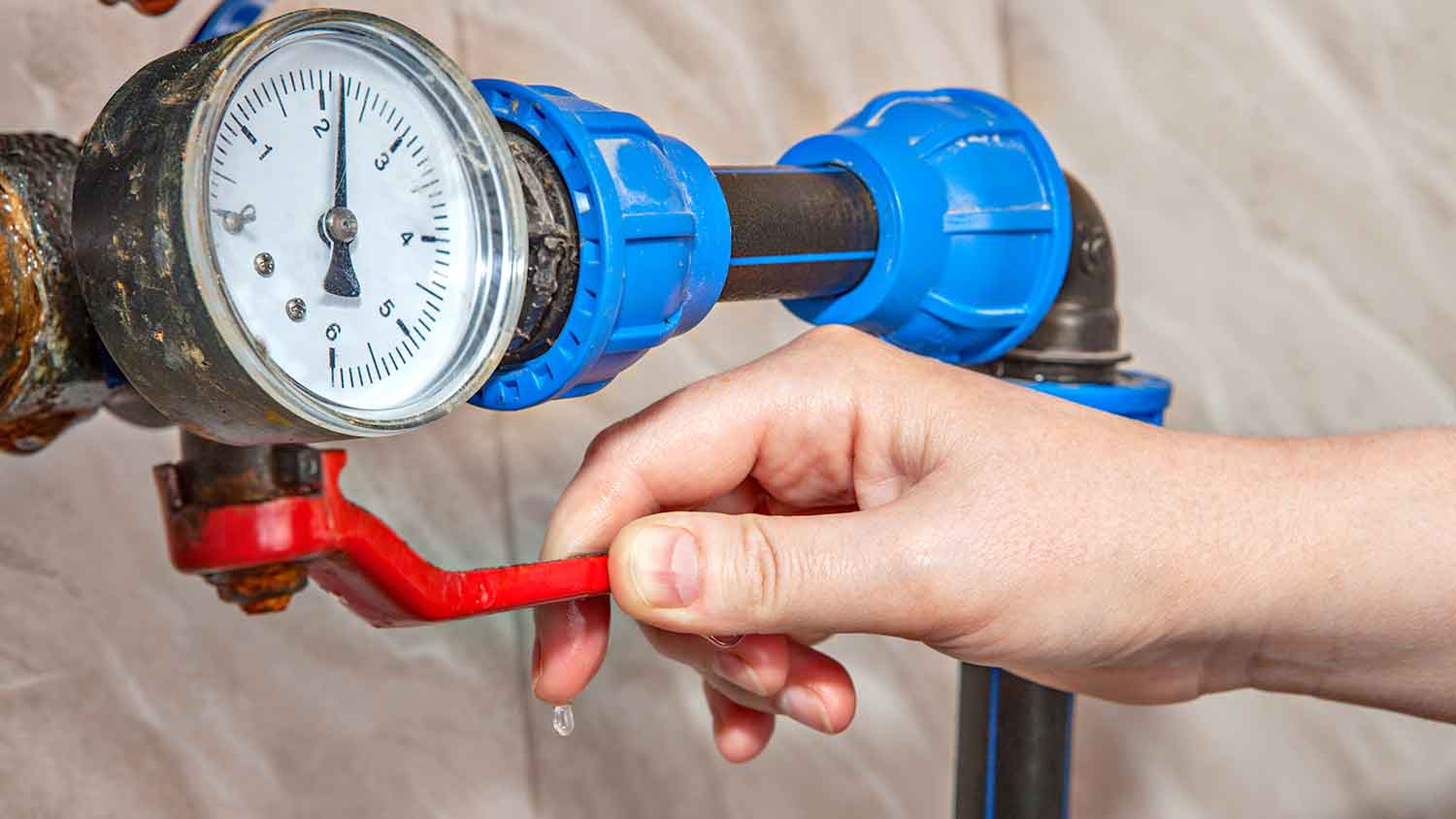
Learn who to call for a water main break. See why a licensed plumber is best and what repairs cost so you can act fast
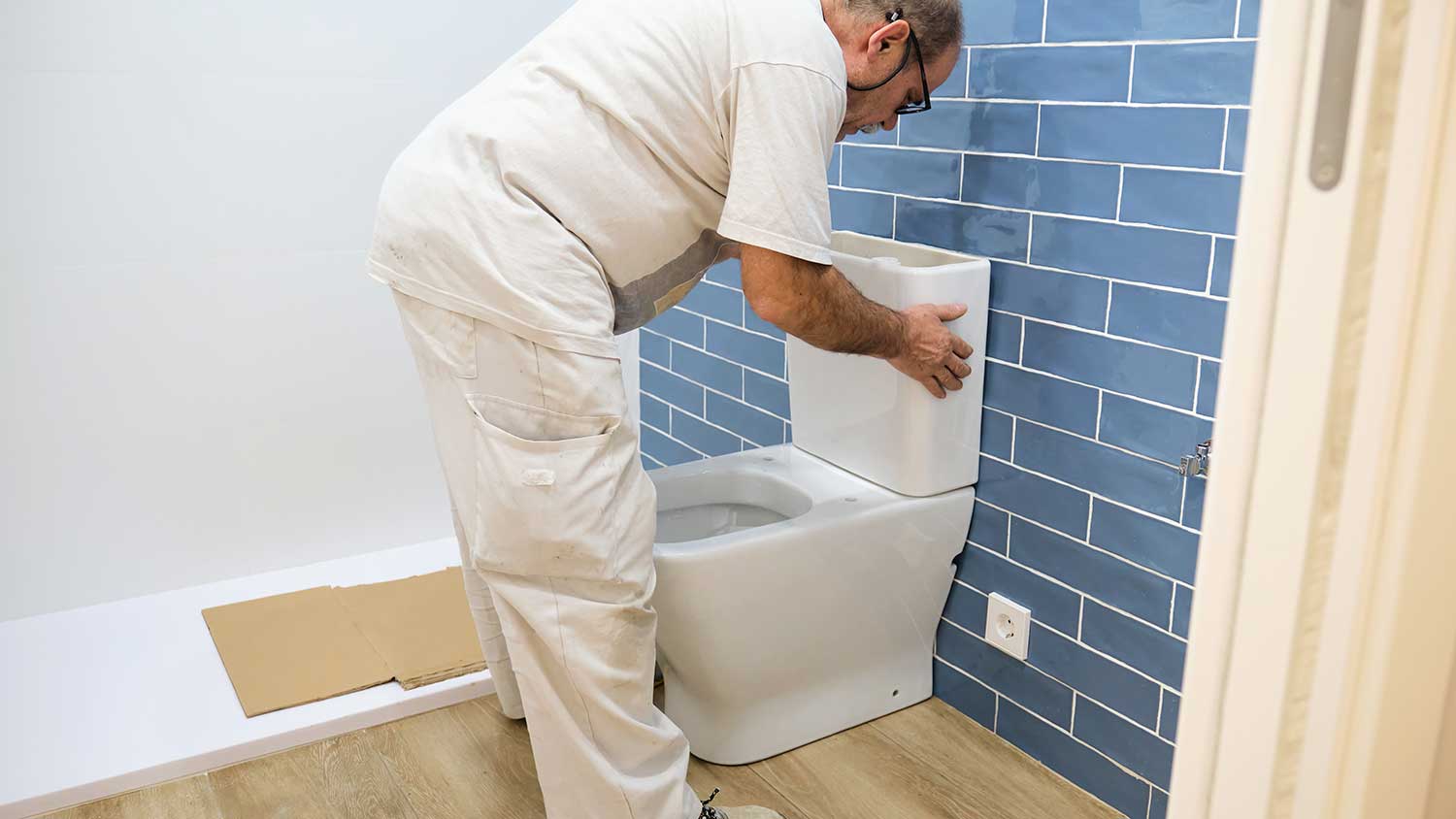
Find who to call to replace a toilet—plumber vs. handyperson—plus steps, timing, and costs. Learn how pros prevent leaks and protect your bathroom
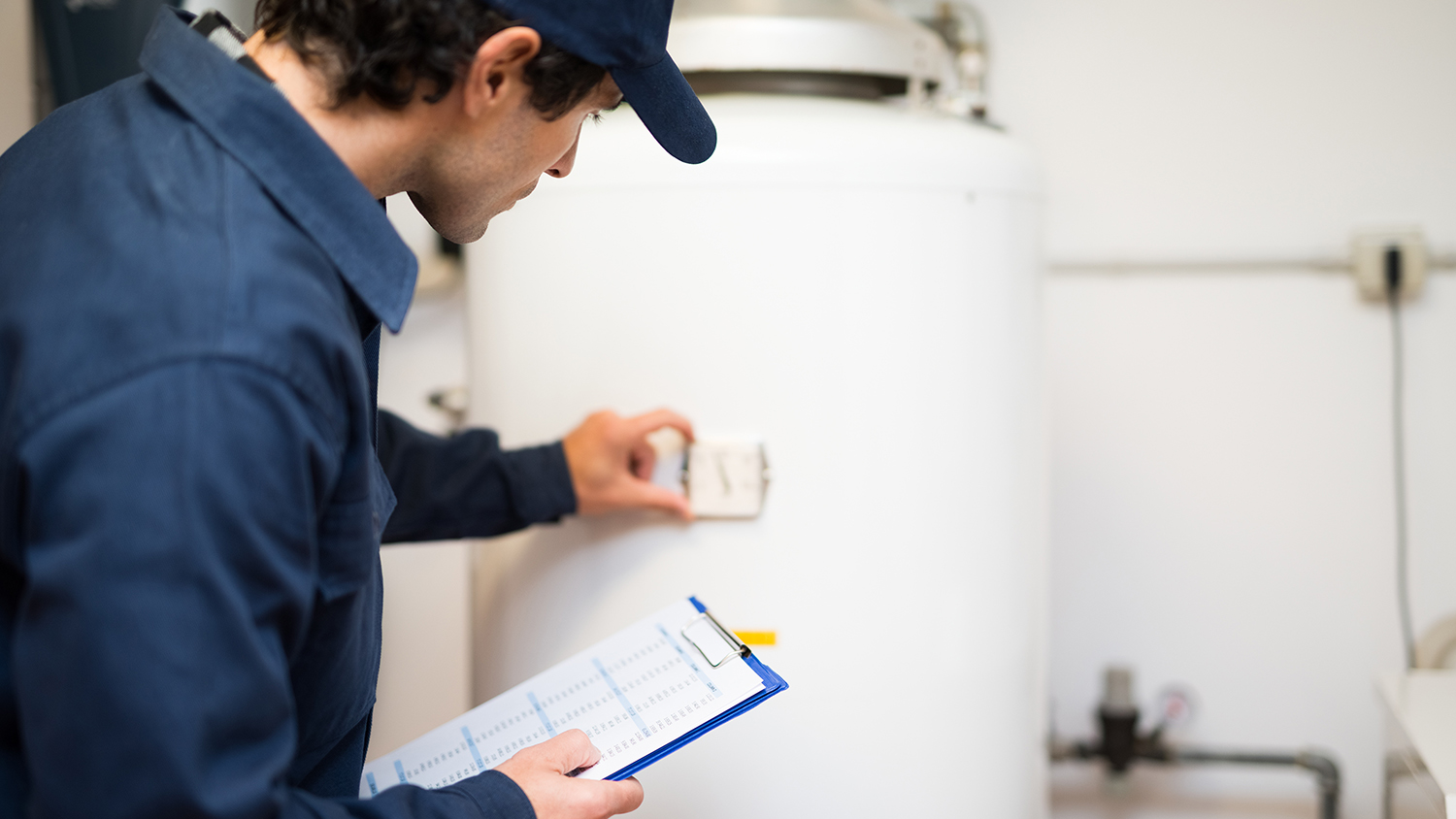
Who fixes water heaters? Learn who to call—plumbers or electricians—and what to expect so you can hire the right pro today.
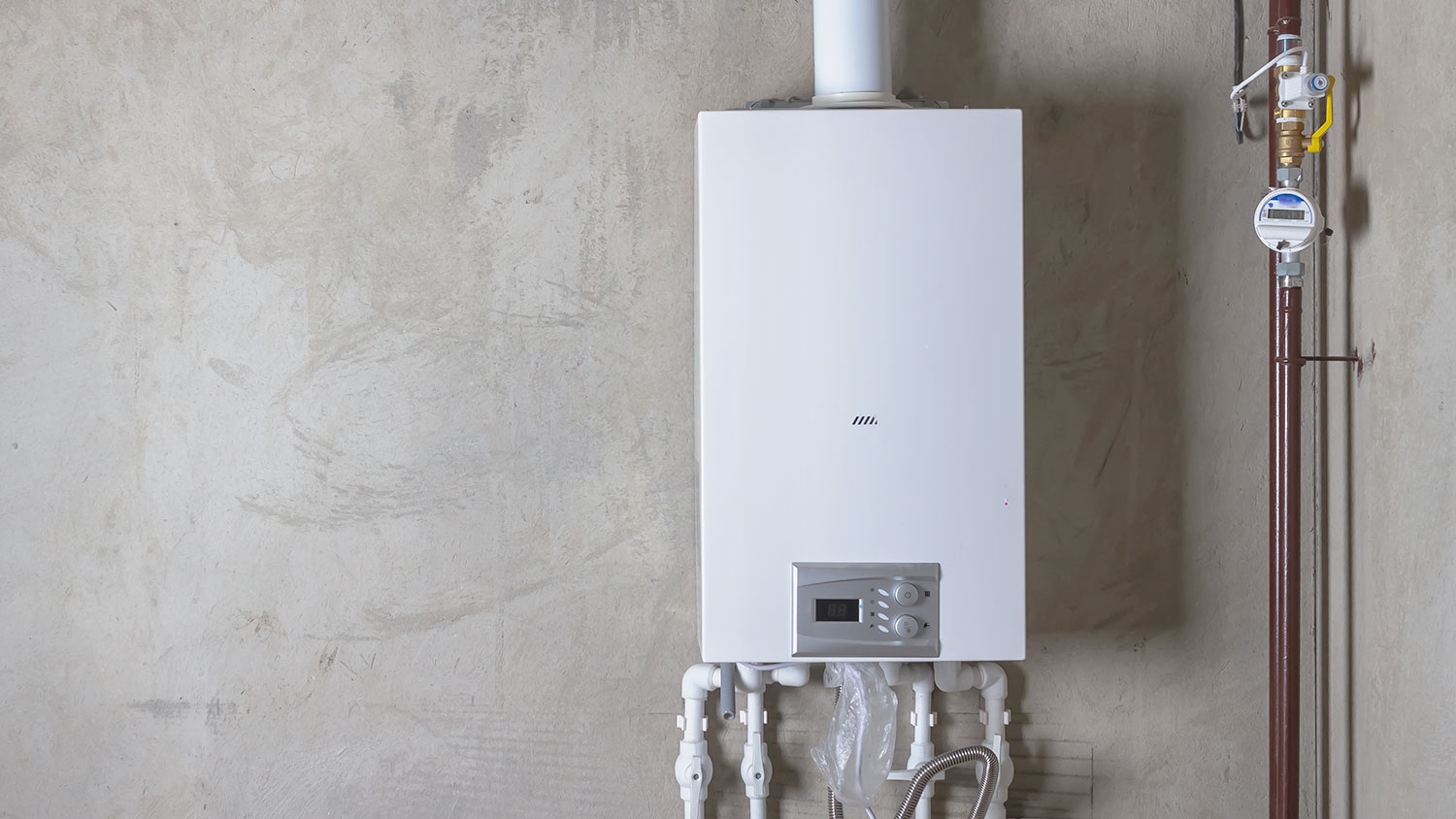
Wondering who fixes tankless water heaters? See who to call for tankless water heater repair and when an electrician is appropriate.